
* * *
Оригинал взят у в Часы
[MORE=читать дальше]
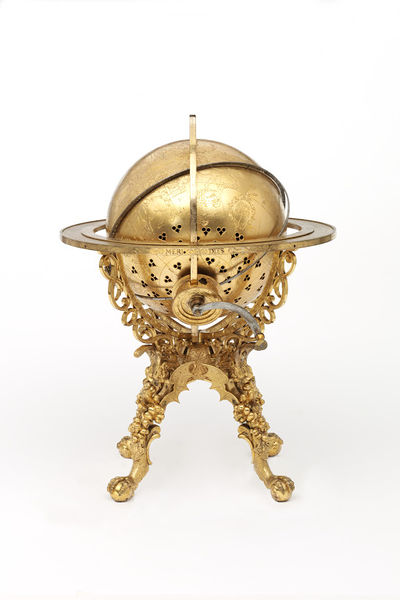
This mechanical clock was bought by the Emperor Rudolph II in 1584 and housed in the Imperial Treasury in Prague. The globe served as a model of the universe simulating the movements of the sun, the moon and the stars. It could predict the movements of celestial bodies at any time in the past and the future and could tell the time by the position of the stars.
© Victoria and Albert Museum, London

Augsburg, Germany. 1567 (made)
© Victoria and Albert Museum, London

© Victoria and Albert Museum, London
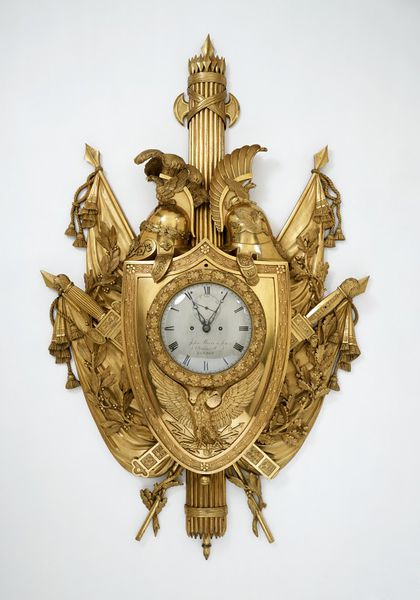
France ca. 1810
© Victoria and Albert Museum, London
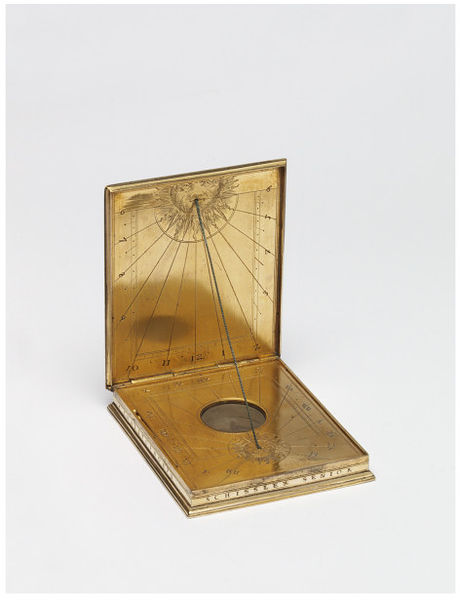
Diptych compass and sundial. Augsburg, Germany (made)
© Victoria and Albert Museum, London
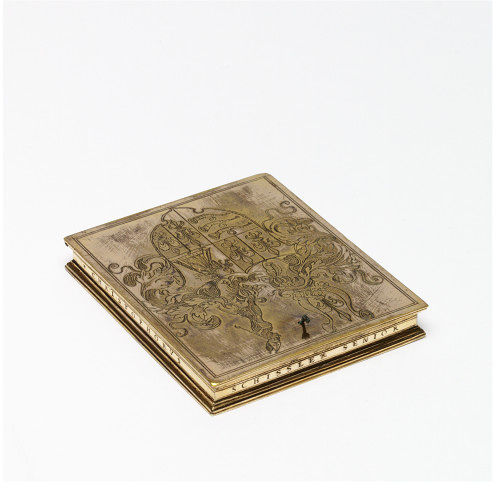
© Victoria and Albert Museum, London
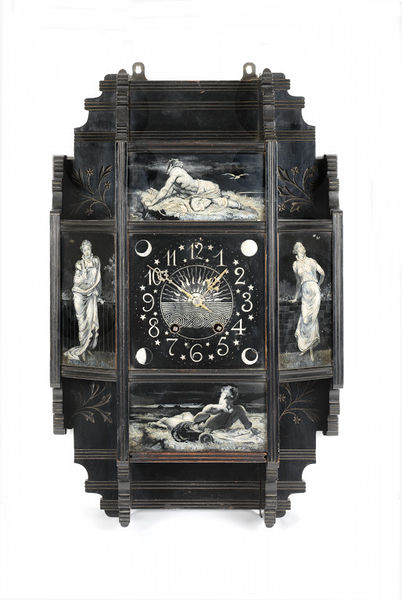
London, England. 1879 (made)
© Victoria and Albert Museum, London

Paris, France, London, England. 1650-1700
© Victoria and Albert Museum, London
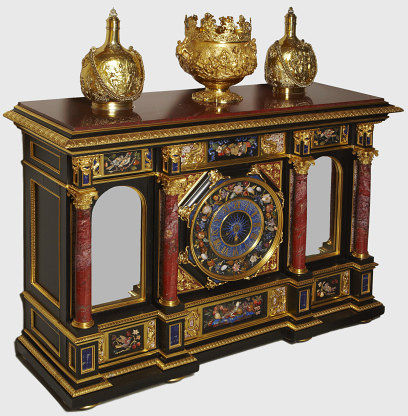
© Victoria and Albert Museum, London
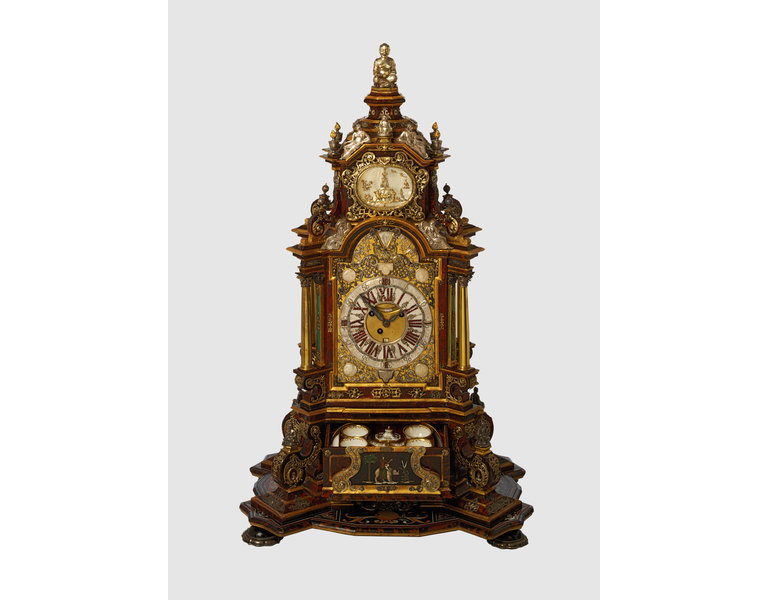
Cabinet clock. Augsburg, Germany (made)
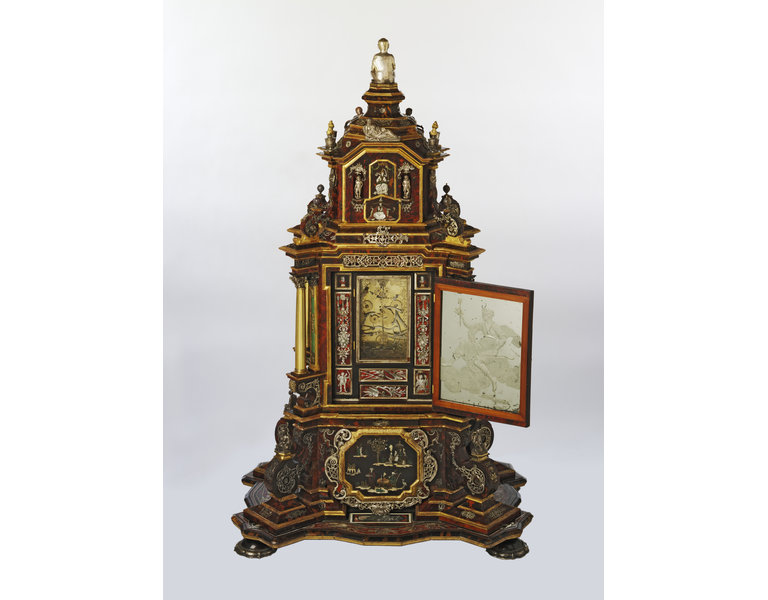
© Victoria and Albert Museum, London
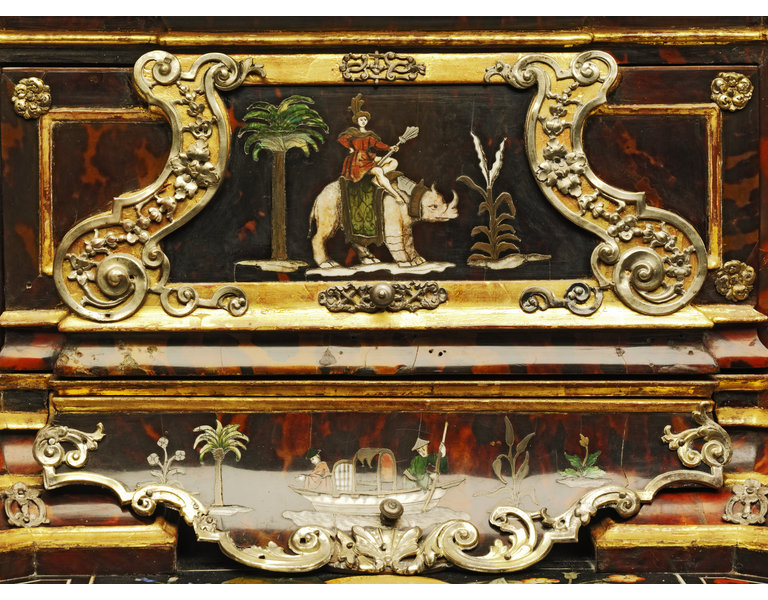
© Victoria and Albert Museum, London

© Victoria and Albert Museum, London
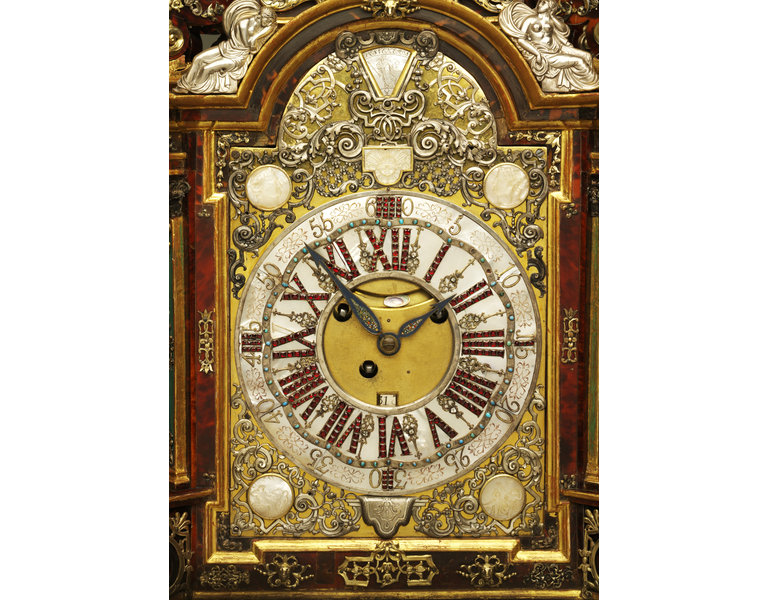
© Victoria and Albert Museum, London
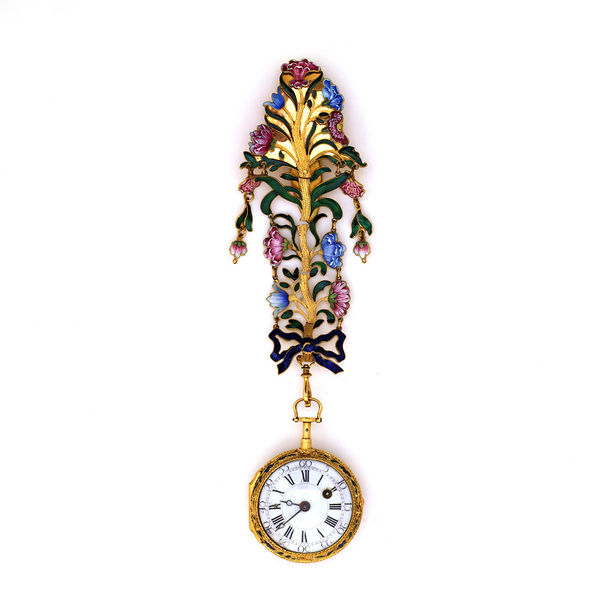
Chatelaine
© Victoria and Albert Museum, London
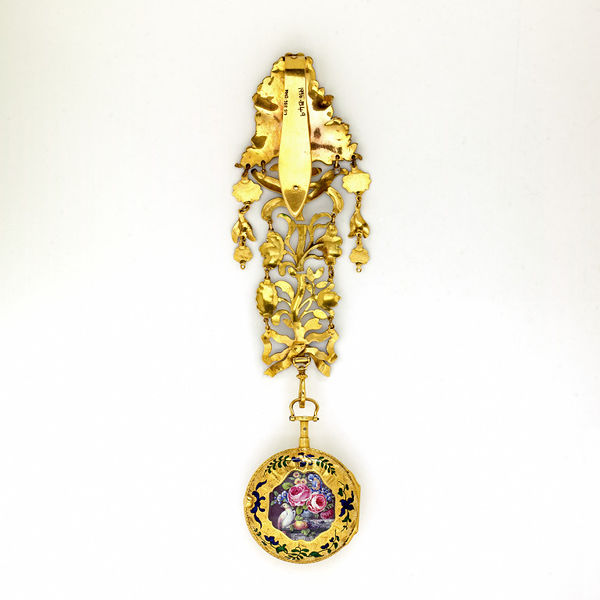
© Victoria and Albert Museum, London
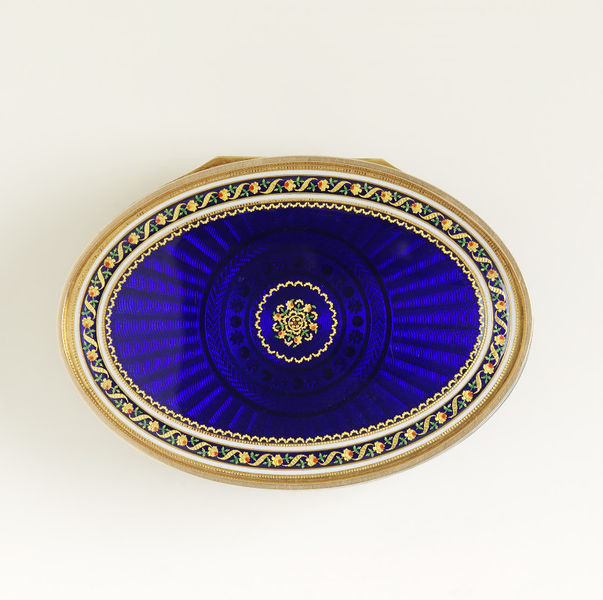
Snuffbox
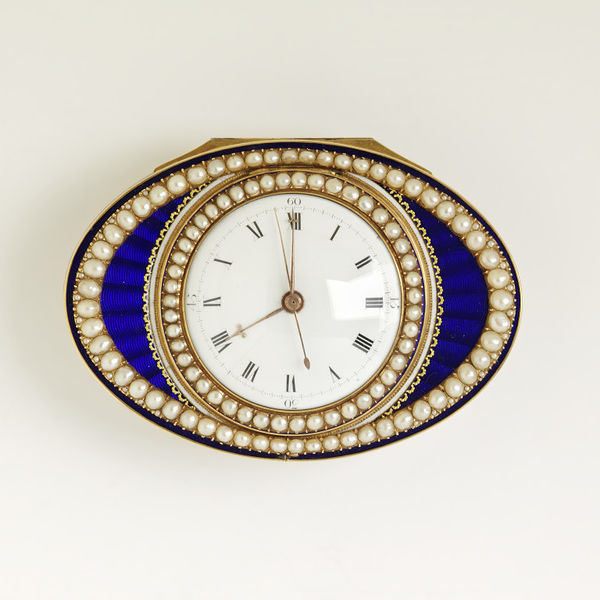
© Victoria and Albert Museum, London
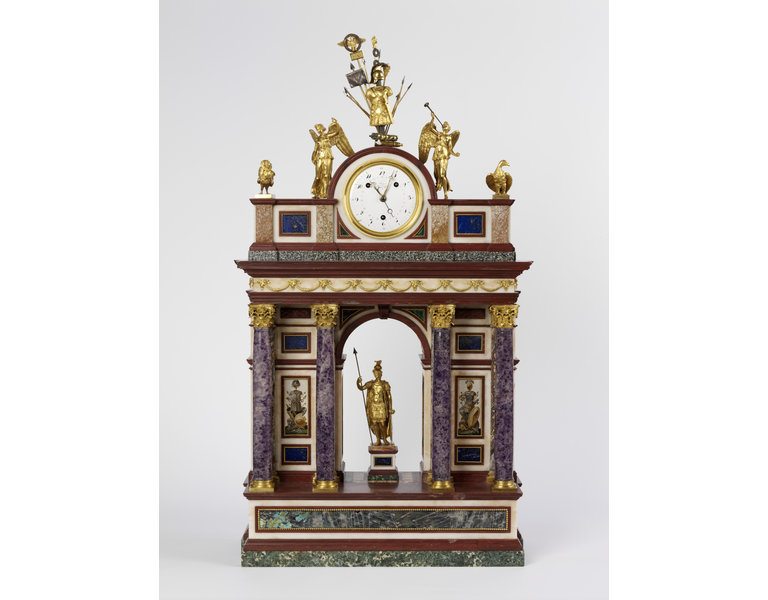
Rome, Italy (made) Paris, France (made)

© Victoria and Albert Museum, London
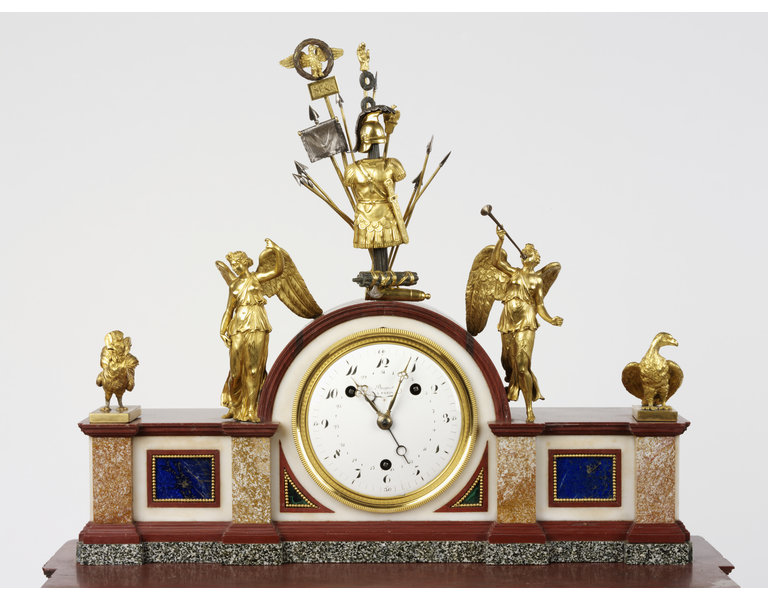
© Victoria and Albert Museum, London
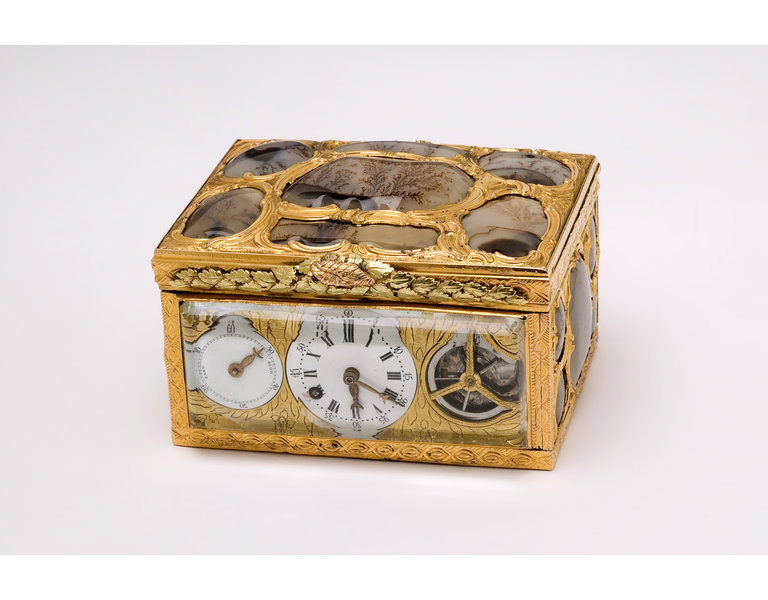
London, England (made).1766-1772 (made)
© Victoria and Albert Museum, London
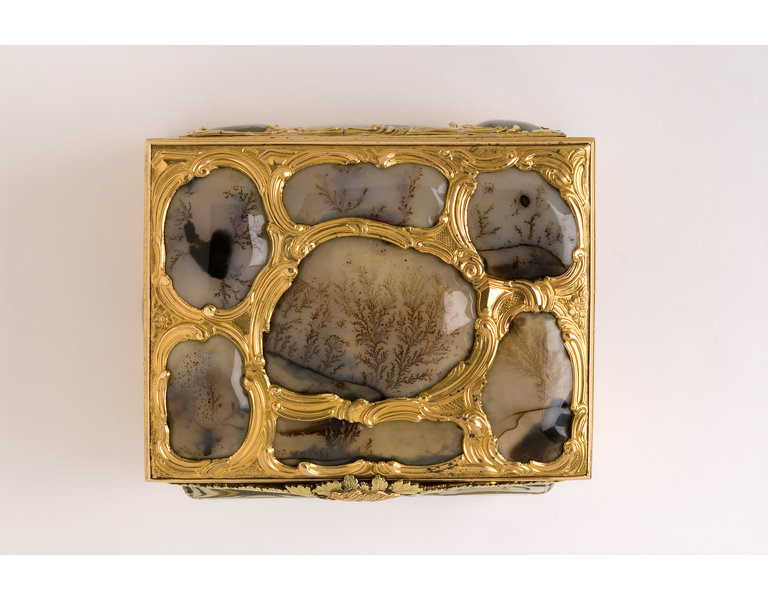
© Victoria and Albert Museum, London
[/MORE]
Комментарии